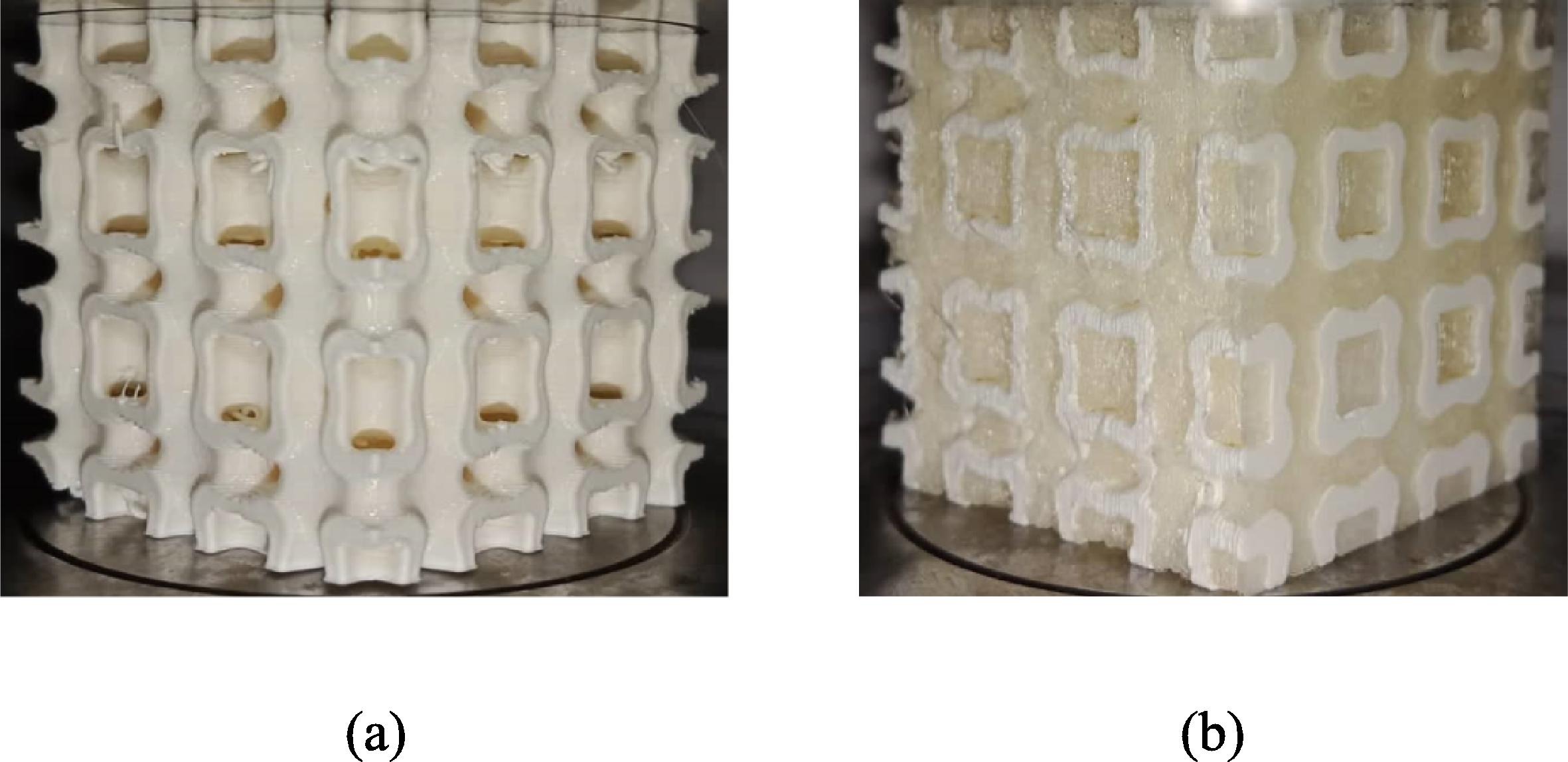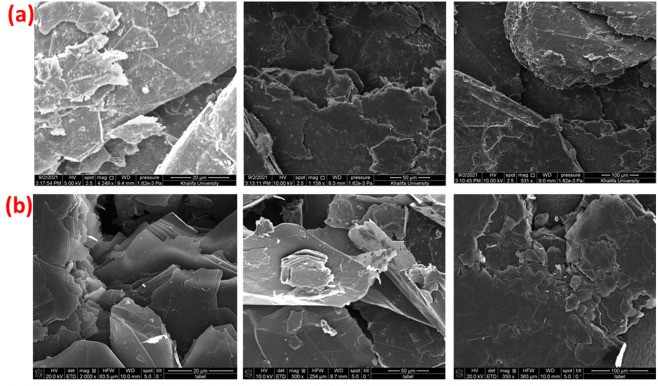
Advancements in devices that convert mechanical energy to electricity offer a greener future for wearable electronics and microelectronic devices.
A team of researchers from Khalifa University has developed a novel triboelectric nanogenerator (TENG) using advanced 2D nanomaterials to achieve high-power density and improved cycling performance. TENG devices convert mechanical energy into electricity but their use is hindered by several challenges, including low and inconsistent output power, high internal resistance, and a need for improved charge transfer mechanisms.
To overcome these challenges, the research team used MXenes, a family of 2D materials with excellent electrical conductivity and hydrophilicity. Their work propels TENG technology forward, demonstrating that advanced materials like MXenes can be harnessed to overcome previous limitations. By integrating these materials into innovative device architectures, the TENGs developed offer a blueprint for reliable, efficient, and environmentally friendly power sources suitable for modern technologies.
Dr. Shoaib Anwer and Prof. Lianxi Zheng, both Department of Mechanical Engineering, Dr. Muhammad Umair Khan, Prof. Baker Mohammad and Dr. Moh’d Rezeq, System on Chip Lab, and Prof. Wesley Cantwell, Advanced Digital and Additive Manufacturing Center, collaborated with Dongming Gan, Purdue University. Their results were published in Chemical Engineering Journal, a top 1% journal for industrial and manufacturing engineering.
“As the world marches into the era of the Internet of Things and machine learning, trillions of microelectronic devices and sensors are developed and employed to monitor the environment, human health, wearable technology, security, and robotics,” Dr. Anwer said. “Traditionally, these devices are mainly powered by various chemical batteries. However, due to their limited capacity, they need to be charged and replaced frequently, which increases the cost, requires frequent maintenance, and poses a serious risk to environmental pollution.”
As a 2D material, MXenes can be used as sheets and stacked on top of each other to form flexible and stable films. The team introduced a layer-by-layer stacked structure, which sandwiches a thin layer of MXenes within the tribo-negative electrode, while the tribo-positive layer uses a sodium chloride-infused polymer matrix. This design capitalizes on the ability of MXenes to trap and accumulate charge, paired with sodium chloride’s ability to enhance charge separation.
By doing so, the team’s newly designed TENGs have demonstrated impressive output voltages and power densities, significantly outperforming many current TENG technologies. In testing, they were able to light up over 500 LEDs and swiftly charge capacitors, marking a substantial leap in performance and practicality.
Beyond energy harvesting, the refined sensitivity of these TENGs allows them to detect subtle human physiological motions, highlighting their potential in wearable health-monitoring devices and as an integral part of sustainable electronic applications.
“Because of the cost-efficiency and sustainability, this work paves a new way to design a self-powered sensor for body movement monitoring in future green electronics,” Prof. Zheng said.
Jade Sterling
Science Writer
20 December 2023






